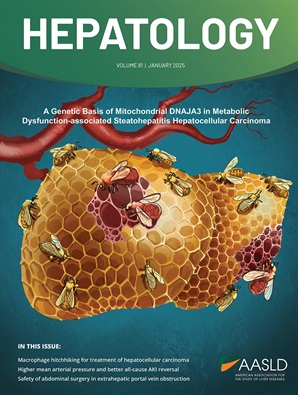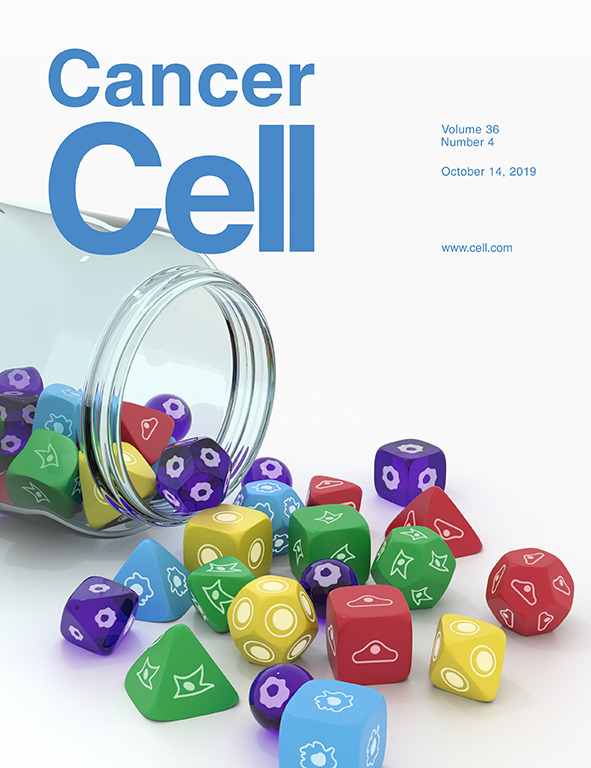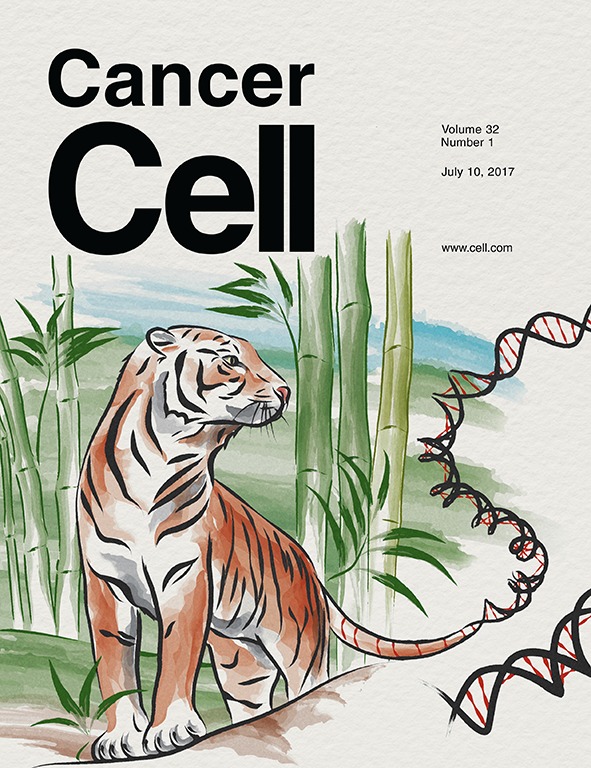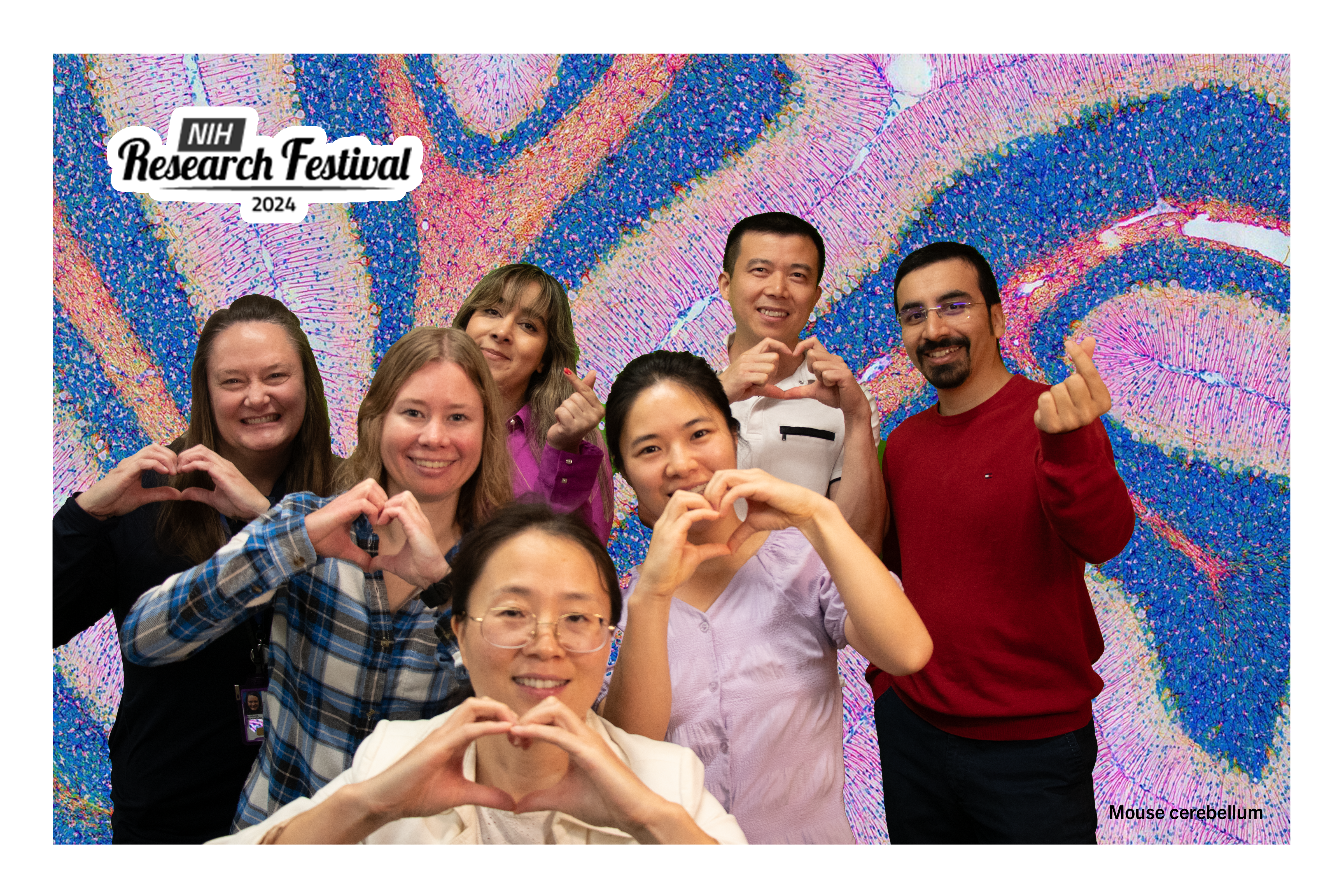Liver Carcinogenesis Section
Xin Wei Wang, Ph.D.
Research
Research Summary
As a senior investigator, Dr. Wang's research centers on the functional genomics of liver cancer, utilizing genome-wide technologies in conjunction with national and international collaborations and clinical studies. As the Head of the Liver Carcinogenesis Section, he leads a basic and translational research laboratory focused on using molecular techniques to classify tumor subtypes, identify biomarkers for early detection, diagnosis, prognosis, and treatment response, and uncover the molecular mechanisms driving liver cancer, with the goal of advancing precision medicine to improve the lives of patients with liver cancer. In addition to these roles, Dr. Wang serves as Deputy Director of the Center for Cancer Research (CCR) at the National Cancer Institute (NCI), Co-Director of the CCR Liver Cancer Program, and Acting Co-Chief of the CCR Laboratory of Human Carcinogenesis. He received his Ph.D. from New York University and completed postdoctoral training at RIMB and the NCI.
Research Program and Goals
My laboratory focuses on the genetics, genomics, and biochemical pathways related to human cancers, with a particular emphasis on primary liver cancer. Primary liver cancer ranks among the top five deadliest cancers worldwide and is one of the few cancer types with rising incidence and mortality rates over the past two decades, both in the U.S. and globally. Hepatocellular carcinoma (HCC) and intrahepatic cholangiocarcinoma (iCCA) are the two main forms of liver cancer. Chronic liver diseases, resulting from complex etiologies such as viral hepatitis, alcohol consumption, parasites, chemical carcinogens, unhealthy diets, or sedentary lifestyle, are significant global health burdens that increase the risk of HCC and iCCA. Despite advances in diagnostics and treatment modalities, improvements in mortality rates have been modest. These cancers are among the most challenging to treat, with a 5-year survival rate of less than 20% in the United States.
Our research aims to uncover the causes of primary liver cancer, elucidate the mechanisms driving the development of HCC and iCCA, and identify functional biomarkers to improve early detection, diagnosis, and treatment. Currently, my lab is conducting two complementary research projects aimed at addressing these challenges and improving patient outcomes.
Current Research Projects
1. Exploring molecular heterogeneity and mechanistic insights of liver cancer across diverse populations
Genomic analyses of HCC and iCCA reveal a highly complex mutational landscape, characterized by significant inter-tumor and intra-tumor heterogeneity. This complexity presents a major challenge in identifying actionable drivers of early-stage carcinogenesis and in developing diagnostic tools and effective therapies. To overcome these hurdles, identifying distinct cancer subgroups, each with similar tumor biology and specific therapeutic responses, could greatly improve patient outcomes.
To this end, we have established several national and international collaborative projects. We employ molecular-based technologies such as genomics, transcriptomics, metabolomics, and microbiomics, including single-cell omics to characterize liver specimens across diverse populations. This approach aims to better define liver tumor molecular subtypes with unique tumor biology and develop predictive tools for early onset and treatment response. Additionally, we are investigating the genetic basis underpinnings of metabolic-associated steatohepatitis (MASH), a key contributor to the rising global incidence of HCC. To explore MASH-related HCC, we have developed genetically engineered mouse models to examine the underlying mechanisms. These efforts will improve our understanding of liver cancer and lead to more accurate diagnoses and personalized treatments, ultimately advancing global cancer health research and improving outcomes for patients worldwide.
2. Investigating the roles of microbiome on cancer risk, early detection, and preventive measures
Early detection of liver cancer can be lifesaving, but current methods remain inadequate. For example, circulating tumor cell-specific biomarkers often lack sensitivity and specificity due to their low abundance. Additionally, the molecular characteristics of cancer cells are heterogeneous, both across different tumors and within individual tumor lesions, and these characteristics can change over time. This variability complicates the identification of stable, tumor cell-specific biomarkers for early-stage HCC and iCCA. As a result, most HCC and iCCA cases are diagnosed at advanced stages, limiting the availability of potentially curative treatments and contributing to poor survival rates. Therefore, there is an urgent need for an effective biomarker-guided surveillance program for early liver cancer detection and prevention.
Our lab has been investigating the use of phage display immunoprecipitation sequencing (PhIP-seq) to analyze serological microbial antigen repertoires as synthetic biomarkers for risk stratification and early detection of liver cancer. This approach is based on the idea that pathogenic microbes can influence human health by altering host immunity, making the interaction between the microbiome and the host a key factor in the development of chronic diseases, including cancer. Microbial infections leave behind distinct molecular signatures, such as anti-microbial antigen-specific antibodies, which can affect an individual’s susceptibility to cancer. While certain viruses, such as HBV/HCV in HCC and HPV in cervical cancer, are well-known carcinogens, evidence suggests that some viruses may also have protective effects for their hosts.
Because cancer often arises when immune surveillance fails to eliminate abnormal cells, we hypothesize that lifelong microbial exposure shapes a unique microbial landscape and individualized immune profile that could serve as a stable set of synthetic biomarkers for the early detection of liver cancer. This approach could also help identify beneficial viruses that may be exploited for cancer vaccines. By leveraging this novel strategy, we aim to transform early liver cancer detection and open new avenues for therapeutic interventions, ultimately improving patient outcomes.
Team
Alumni
Covers

A genetic basis of mitochondrial DNAJA3 in nonalcoholic steatohepatitis-related hepatocellular carcinoma
Molecular Metaphors of NASH genetics
In this illustration, the healthy liver is symbolized by a healthy beehive and its honeybees, the keeper of mitochondrial functions. Sick bees (dark red) represent a DNAJA3-variant, which is critical as the genetic switch of NASH and liver cancer (dark red beehive). Art illustration by Erina He from NIH Medical Arts.
Chang, Ching-Wen; Chen, Yu-Syuan; Huang, Chen-Hua; Lin, Chao-Hsiung; Ng, Wailap Victor; Chu, Lichieh Julie; Trépo, Eric; Zucman-Rossi, Jessica; Siao, Kevin; Maher, Jacquelyn J.; Chiew, Men Yee; Chou, Chih-Hung; Huang, Hsien-Da; Teo, Wan-Huai; Lee, I-Shan; Lo, Jeng-Fan; Wang, Xin Wei. A genetic basis of mitochondrial DNAJA3 in nonalcoholic steatohepatitis-related hepatocellular carcinoma. Hepatology 81(1):p 60-76, January 2025. | DOI: 10.1097/HEP.0000000000000637. Epub 2023 Oct 23. PMID: 37870291; PMCID: PMC11035488.

Tumor Cell Biodiversity Drives Microenvironmental Reprogramming in Liver Cancer
On the cover: Liver cancers are molecularly and biologically heterogenous, which contributes to their therapeutic failures and lethal outcomes. Ma et al. (pp. 418–430) have developed a single-cell-based approach to determine tumor cell communities (depicted as dice emptying out of a jar) and uncover a unique liver cancer ecosystem relevant to immune therapy. A tumor cell community is depicted by dice with different colors and shapes, where color represents cell type and shape represents unique molecular properties. Artwork by Ethan Tyler.
Ma L, Hernandez MO, Zhao Y, Mehta M, Tran B, Kelly M, Rae Z, Hernandez JM, Davis JL, Martin SP, Kleiner DE, Hewitt SM, Ylaya K, Wood BJ, Greten TF, Wang XW. Tumor cell biodiversity drives microenvironmental reprogramming in liver cancer. Cancer Cell 36(4): 418-30, 2019; PMID: 31588021.

TIGER-LC Consortium. Common Molecular Subtypes Among Asian Hepatocellular Carcinoma and Cholangiocarcinoma
On the cover: The Thailand Initiative in Genomics and Expression Research for Liver Cancer (TIGER-LC) Consortium (depicted as a tiger) emerges from foliage, representing molecular, clinical, and epidemiological studies from teams in the United States, Thailand, and Japan, to generate a multilayered genomic and genetic liver cancer data ecosystem (represented by the tiger’s tail). Although common molecular subtypes (depicted as bamboo stalks) are observed among liver cancer types, there are differences observed between Asian and Caucasian populations (depicted by different bamboo colors). For more details, see Chaisaingmongkol et al. (pp. 57–70). Cover art by Ethan Tyler.
Chaisaingmongkol J, Budhu A, Dang H, Rabibhadana S, Pupacdi B, Kwon SM, Forgues M, Bhudhisawasdi V, Lertprasertsuke N, Chotirosniramit A, Pairojkul C, Auewarakul CU, Sricharunrat T, Phornphutkul K, Sangrajrang S, Cam M, He P, Hewitt SM, Ylaya K, Wu X, Andersen JB, Thorgeirsson SS, Waterfall JJ, Zhu YJ, Walling J, Stevenson HS, Meltzer PS, Loffredo CA, Hama N, Shibata T, Wiltrout RH, Harris CC, Mahidol C, Ruchirawat M, Wang XW. Common molecular subtypes among Asian hepatocellular and cholangiocarcinoma. Cancer Cell 32(1): 57-70.e3, 2017; PMID: 28648284
Lab Life


Thanks to the NIH Library for all its useful resources!
Resources
https://scatlaslc-qa.ccr.cancer.gov/#/
scAtlasLC (single-cell Atlas in Liver Cancer) is a publicly available data portal of single-cell transcriptomic profiles of tumor cell communities in hepatocellular carcinoma and intrahepatic cholangiocarcinoma.
scAtlasLC can be used to evaluate gene expression in malignant cells and various non-malignant cells in liver cancer. It can be further used to determine gene expression in different subtypes of stromal cells and immune cells.











